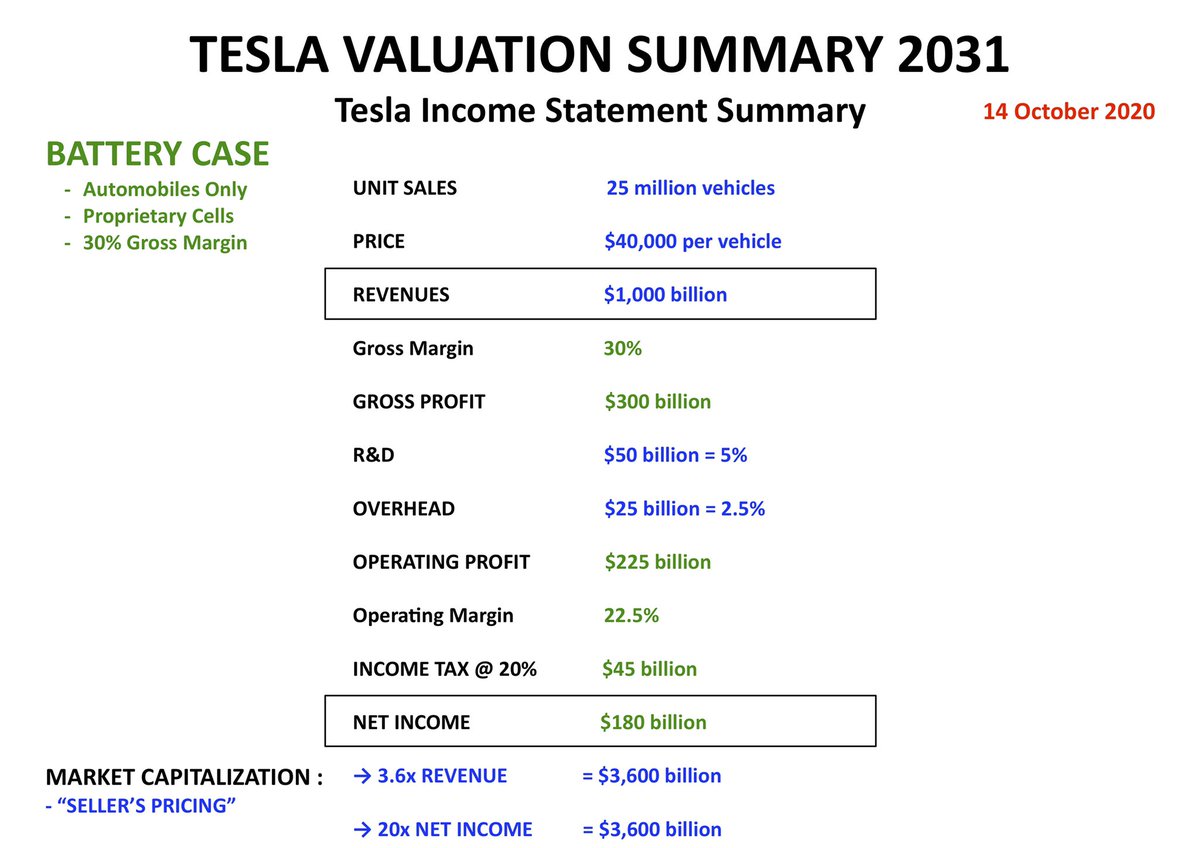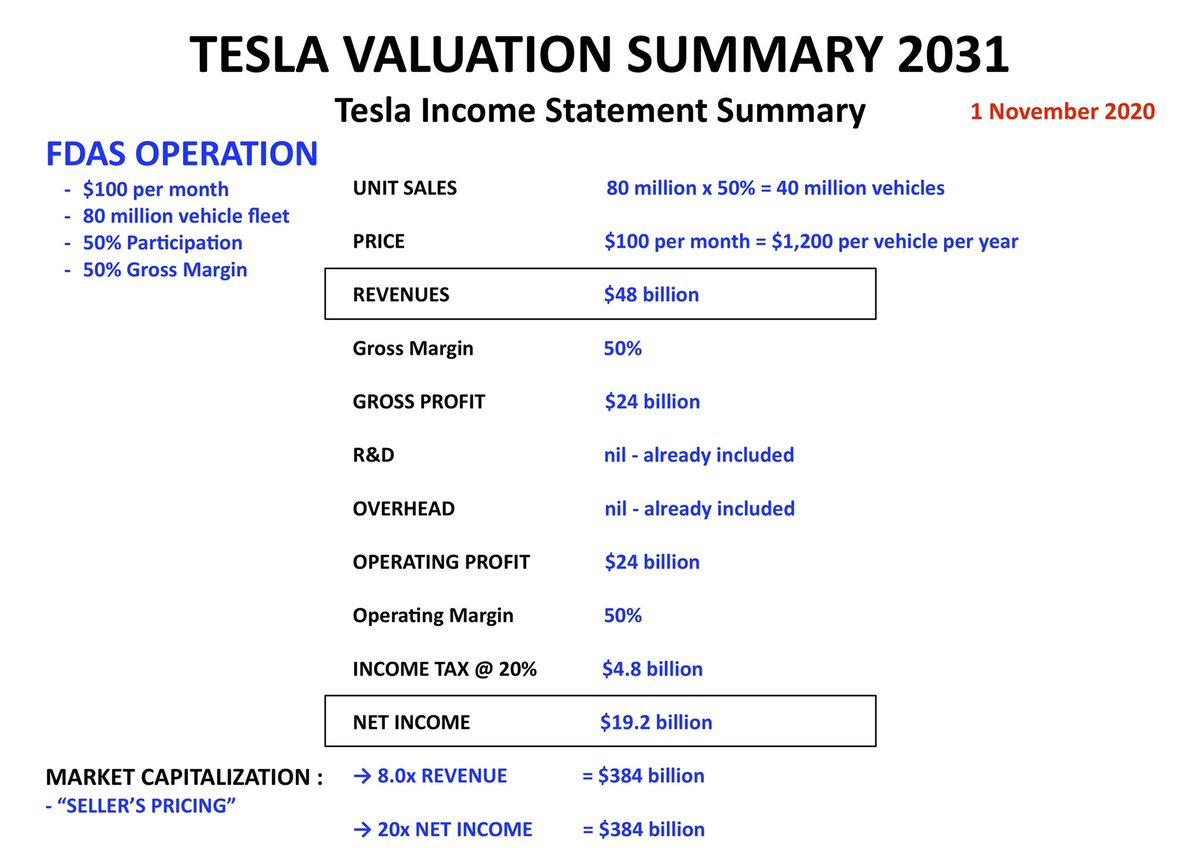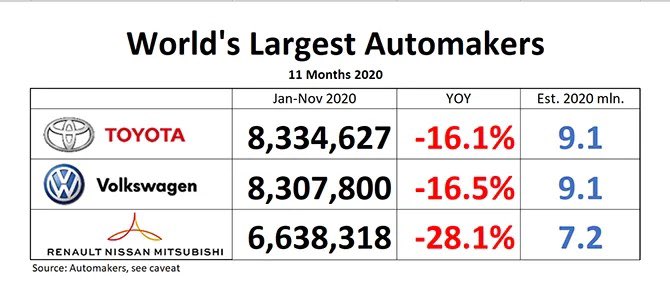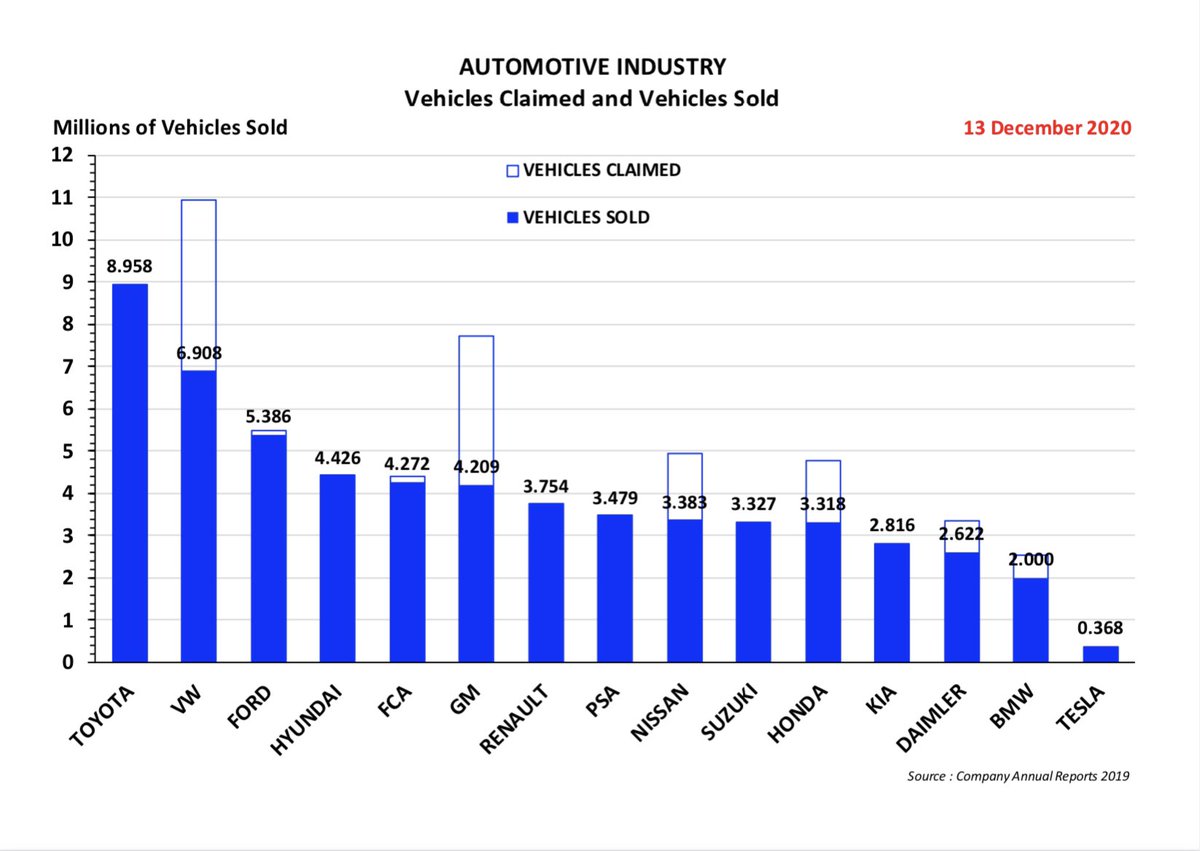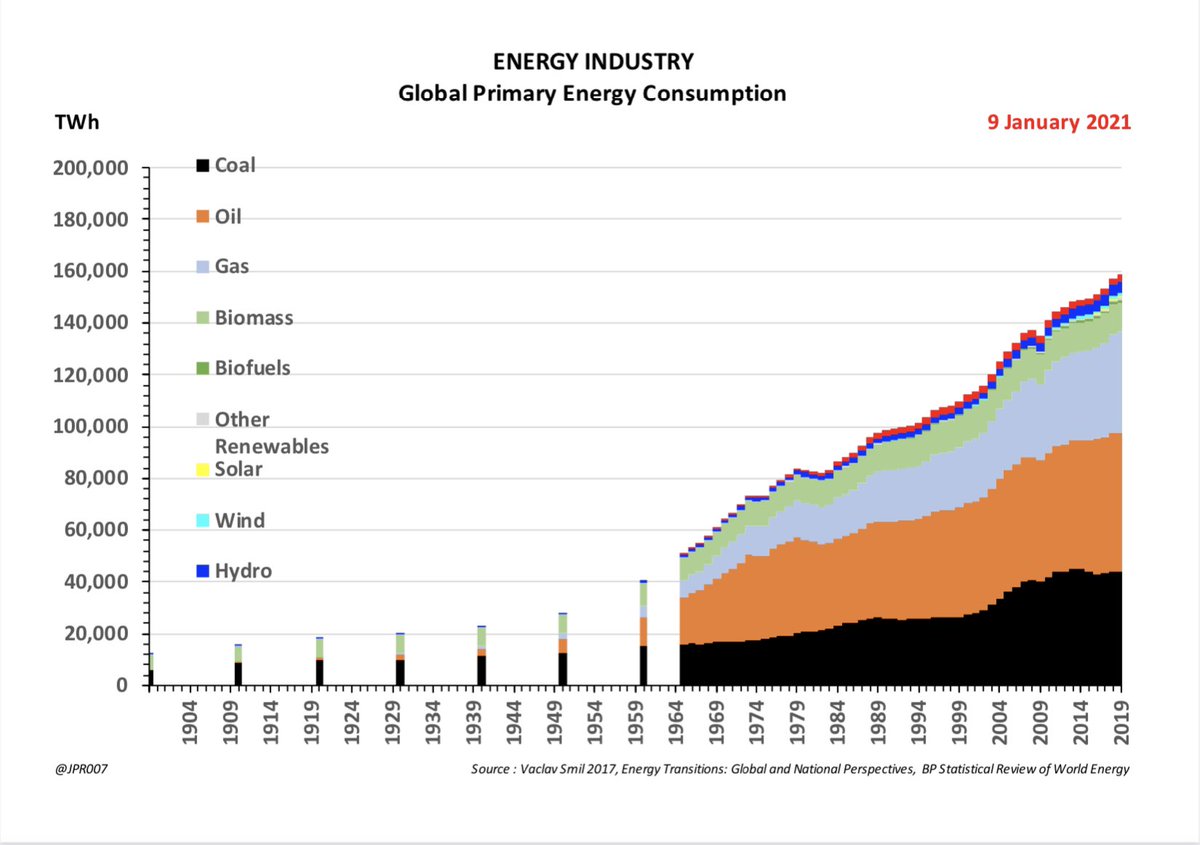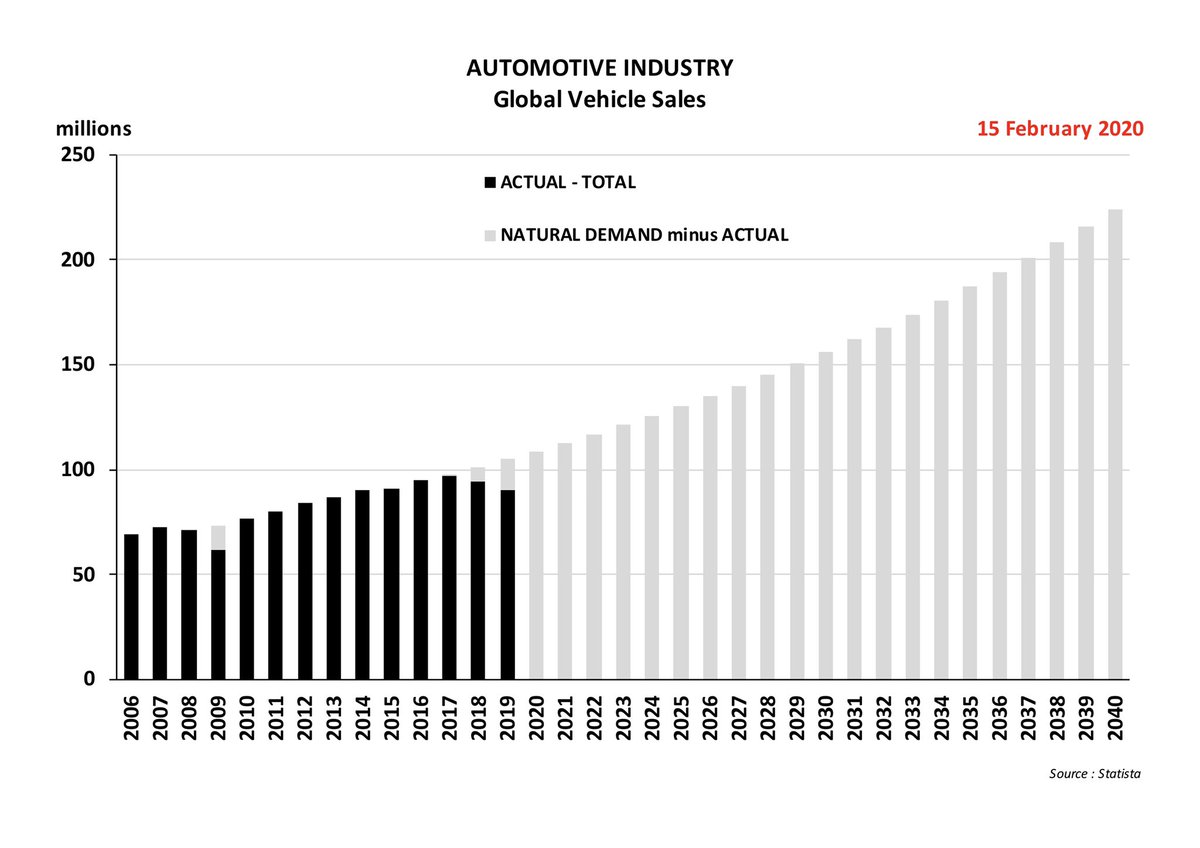
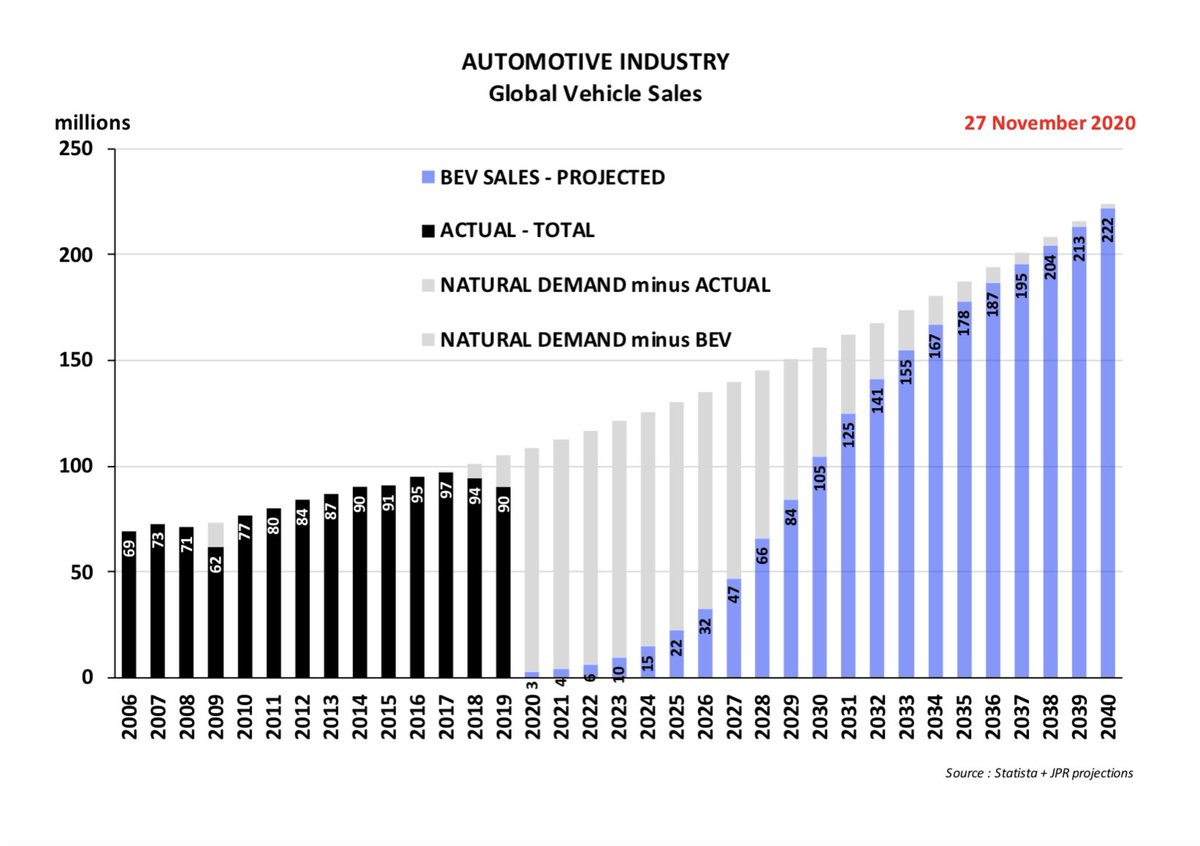
Nothing difficult about doing any of that
- standard analysis
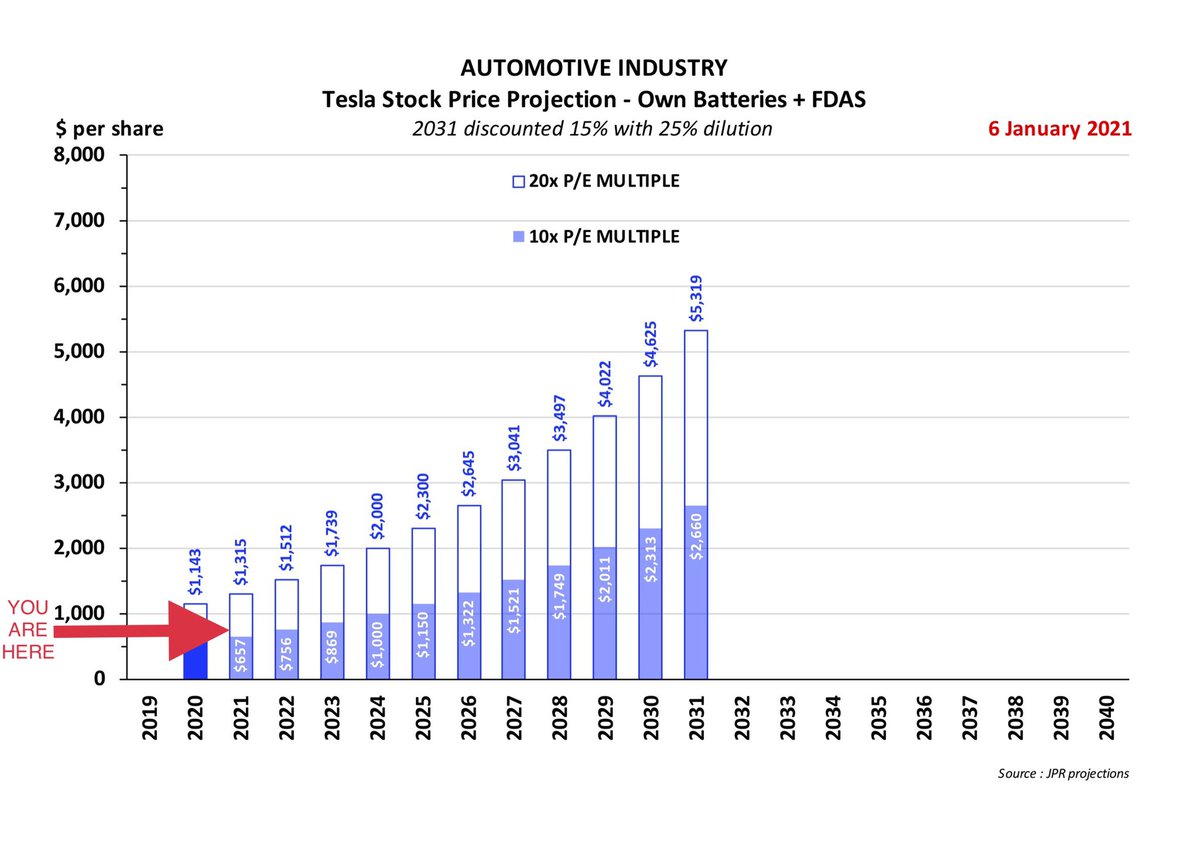
More from JPR007
More from Business
This is a GREAT argument to pull up when talking to people about minimum wage. Some others nested below
A large number of new jobs being created are minimum to low wage, so looking for a new job generally won’t increase pay.
Raising minimum wage helps things not directly related.
Helps Infant mortality? Yup.
Lowers Suicide? Yup.
Reduce smoking rates? You bet.
It also boosts the local economy! Minimum to low wage earners spend more % of their money, so an increase means more is spent, often in community!
Low paying jobs are often in sectors which would gain from this. More people spending money in your shop makes your business more money! Now you have more profits and increased labor costs are covered.
"it doesn't affect me if companies pay low wages"
— Dan Price (@DanPriceSeattle) February 11, 2021
In reality, you're paying for it. Over 50% of people on food stamps are actively working. The leading employers are Walmart, McDonald's and Amazon.
As taxpayers, you're subsidizing corporations to pay literal poverty wages.
A large number of new jobs being created are minimum to low wage, so looking for a new job generally won’t increase pay.
Raising minimum wage helps things not directly related.
Helps Infant mortality? Yup.
Lowers Suicide? Yup.
Reduce smoking rates? You bet.
It also boosts the local economy! Minimum to low wage earners spend more % of their money, so an increase means more is spent, often in community!
Low paying jobs are often in sectors which would gain from this. More people spending money in your shop makes your business more money! Now you have more profits and increased labor costs are covered.






